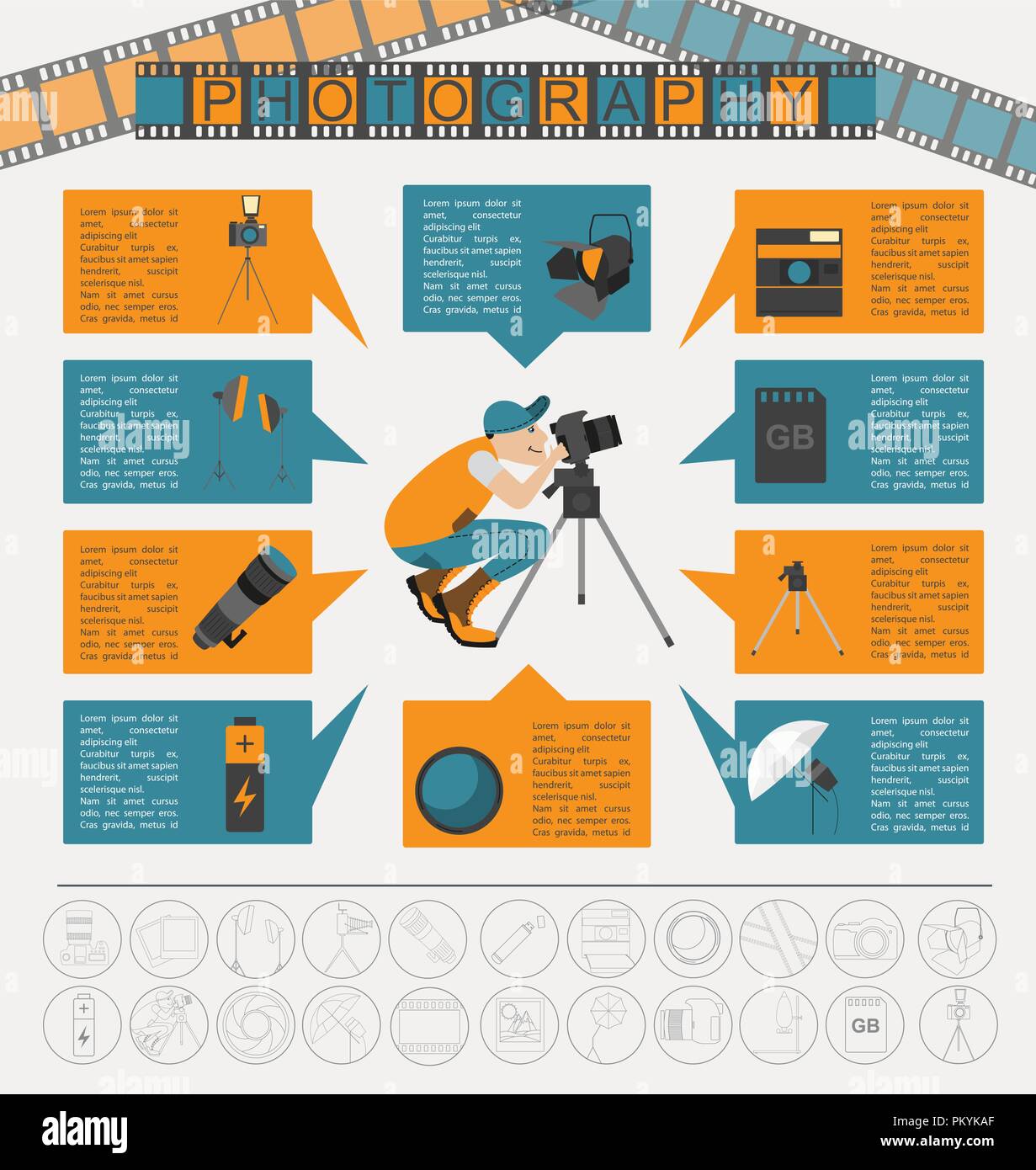Digital Photography Tips For Beginners: Grasping Your Camera In No Time
Digital Photography Tips For Beginners: Grasping Your Camera In No Time
Blog Article
Material By-Lundgreen Turan
When you initially get your camera, it can feel frustrating with all the settings and options readily available. You may find yourself asking yourself just how to browse aperture, shutter rate, and ISO effectively. Grasping these principles is vital, but there's more to digital photography than simply technical knowledge. Understanding make-up strategies and illumination problems can boost your pictures dramatically. So, what if you could discover simple approaches to enhance your abilities and begin catching excellent images earlier than you believe? Let's discover exactly how to transform your photography trip.
Recognizing Cam Setups
Understanding your electronic camera setups is crucial for recording sensational images. When you get your cam, acquaint yourself with the 3 main settings: aperture, shutter rate, and ISO. Each plays an important role in just how your pictures end up.
Start with aperture, which manages the amount of light getting in the lens. A bigger aperture (lower f-number) allows extra light and develops a lovely background blur, best for portraits. Conversely, a narrower aperture (higher f-number) maintains even more of the scene in emphasis, suitable for landscapes.
Next off, concentrate on shutter rate. This setup establishes how long your cam's sensor is revealed to light. A fast shutter rate freezes movement, which is fantastic for action shots, while a slow-moving shutter speed can develop stunning results like smooth water in landscapes.
Finally, adjust your ISO. This setting impacts your video camera's level of sensitivity to light. A greater ISO works in low-light scenarios however can present noise or grain. Aim for the most affordable ISO feasible while still achieving correct direct exposure.
Make-up Strategies
When you're out shooting, composition can make all the distinction in just how your pictures resonate with visitors. Beginning by using https://www.liveinternet.ru/users/hatfield_ford/post509025790 of thirds; picture your framework separated right into nine equal sections with 2 straight and 2 vertical lines. Setting key elements along these lines or at their junctions to create balance and rate of interest.
Next, take into consideration leading lines. These natural lines in your scene, like roadways or rivers, attract the viewer's eye right into the photo, leading them with the tale you're telling.
Don't ignore framing; usage aspects within your scene, like trees or windows, to develop a structure around your subject, adding deepness and focus.
Also, keep an eye on your history. A cluttered history can sidetrack from your primary subject, while a straightforward one aids it stand out.
Finally, try out symmetry and patterns; they can produce a striking picture that captures attention.
Learning Lighting Conditions
Mastering illumination problems is essential for recording magnificent photographs, as the right light can transform an ordinary scene into something remarkable.
Begin by observing all-natural light at different times of the day. Early mornings and late afternoons provide the very best light, referred to as the golden hour. https://blogfreely.net/barabara05nidia/discover-the-crucial-digital-photography-equipment-that-will-start-your , warm tones during these times can enhance your images beautifully.
Don't shy away from overcast days either; diffused light can minimize rough shadows and create a pleasing effect, specifically for pictures.
Try out backlighting by positioning your subject against the light. https://zenwriting.net/tanisha968gudrun/open-the-secrets-to-locating-the-ideal-video-camera-for-your-requirements can create a fanciful halo result and add depth to your images.
Focus on your video camera setups too. Change the ISO, aperture, and shutter rate to suit the lights conditions. A greater ISO can help in low light, but be cautious of grain.
Utilize a tripod in darker atmospheres to stay clear of blur.
Last but not least, do not forget synthetic lighting. Flash and constant lights can be great tools for controlling light in difficult conditions.
Final thought
To conclude, grasping your video camera does not need to be overwhelming. By comprehending your setups, using make-up methods, and utilizing the power of all-natural light, you'll quickly boost your digital photography skills. Keep in mind, practice makes excellent, so go out there and experiment with your newfound knowledge. With please click the following webpage and commitment, you'll be capturing stunning images that show your distinct viewpoint. Delight in the trip, and don't fail to remember to have a good time while you're at it!
